
Innovations in Mobility Aids: A Look at the Latest Technologies
Advancements in mobility aids are transforming the lives of individuals with disabilities, offering enhanced independence, safety, and overall quality of life. From AI-powered wheelchairs that can learn and adapt to user behavior to robotic exoskeletons that enable people with spinal cord injuries to walk again, the latest technologies are redefining what’s possible in personal mobility. Innovations such as smart canes with GPS and obstacle detection, brain-computer interface systems, and customizable prosthetics with sensory feedback are also breaking barriers and fostering greater autonomy. These tools not only empower users to navigate their environments with more confidence but also reduce the physical and emotional strain on caregivers. As research and development continue to accelerate, the future of mobility aids promises even greater integration with digital health systems, personalized support, and inclusive design, ensuring that mobility is not a privilege but a right for all.

AI-Powered Wheelchairs and Smart Mobility Devices
Modern wheelchairs are integrating artificial intelligence and sensor technologies to assist users in navigating complex environments with greater ease and precision. These smart wheelchairs can detect obstacles, recognize terrain changes, adjust routes dynamically, and even monitor health metrics such as heart rate, posture, and pressure points in real time to prevent injuries like pressure sores. Some advanced models feature voice control, facial recognition, and gesture-based commands, offering intuitive and hands-free operation. Integration with mobile apps allows users to plan routes, receive maintenance alerts, track battery life, and even share real-time location with caregivers or family members for added peace of mind. In some designs, wheelchairs can be programmed to follow a companion or return to a designated location autonomously. By merging mobility with cutting-edge technology, these innovations are enhancing user autonomy, safety, and confidence, paving the way for a more accessible and inclusive future.
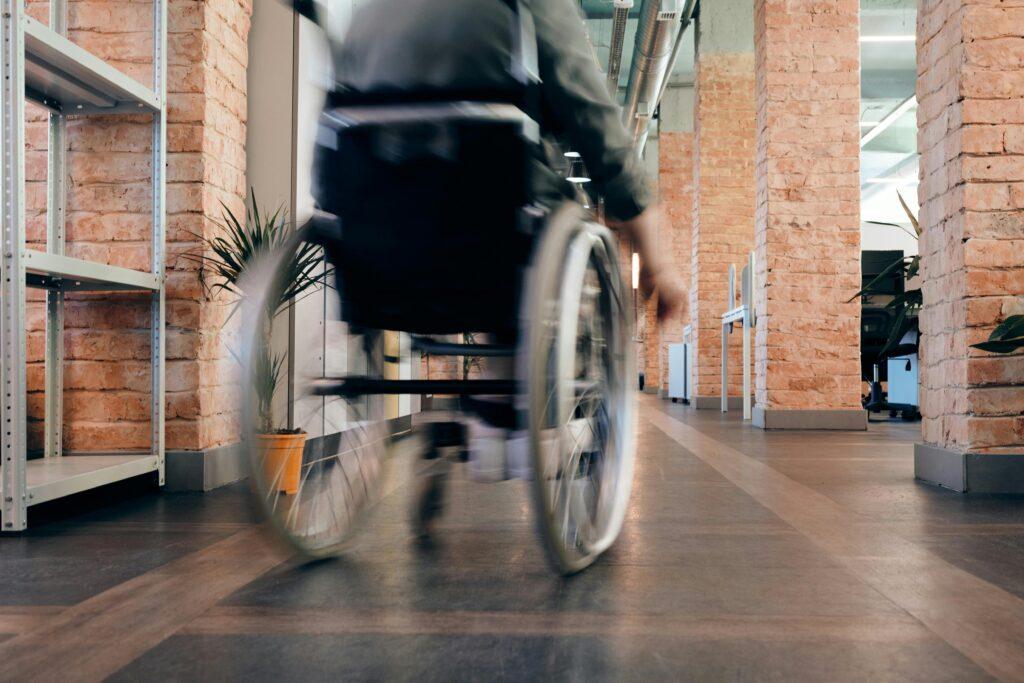
Robotic Exoskeletons: Enhancing Mobility and Rehabilitation
Robotic exoskeletons are wearable, powered devices that assist individuals with mobility impairments in standing, walking, and performing daily tasks with greater independence. Designed to support and augment lower-body movement, these systems are equipped with sensors, motors, and real-time feedback mechanisms that synchronize with the user’s natural gait and intentions. Companies like ReWalk Robotics and Ekso Bionics have pioneered technologies that not only aid in mobility but also play a critical role in rehabilitation for individuals recovering from strokes, spinal cord injuries, and neurodegenerative conditions such as multiple sclerosis. Clinical studies have shown that exoskeleton-assisted rehabilitation can improve muscle strength, circulation, and even neural plasticity.
As the technology continues to evolve, these devices are becoming lighter, more ergonomic, and increasingly affordable. Some models are now designed for home use and are even eligible for Medicare reimbursement in the U.S., marking a major step toward wider accessibility. Emerging innovations include AI-driven motion prediction, customizable settings for different mobility levels, and integration with virtual reality for immersive physical therapy. With applications expanding beyond clinical environments to include workplaces, sports rehabilitation, and elder care, robotic exoskeletons are redefining what it means to move freely and independently.
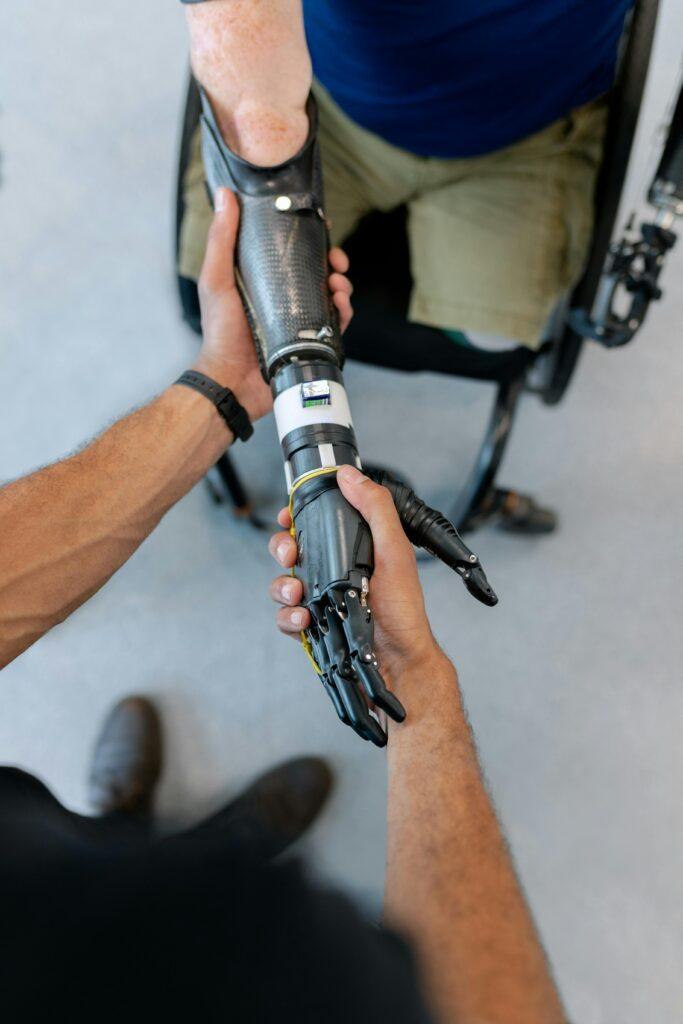
Soft Exoskeletons: Flexible Support for Daily Activities
Unlike traditional rigid exoskeletons, soft exoskeletons—or exosuits—are made from lightweight, flexible materials that conform to the user’s body, offering assistance without restricting natural movement or adding excessive bulk. These devices utilize soft actuators, often made of fabric-based pneumatic or cable-driven systems, along with integrated sensors that detect subtle biomechanical cues such as muscle activation, joint angle, and motion intent. By responding in real time, soft exoskeletons provide targeted support to specific muscle groups, improving gait efficiency, balance, and posture while reducing physical fatigue and strain during walking or repetitive tasks.
Soft exosuits are especially beneficial for individuals with mild to moderate mobility impairments, such as those caused by stroke, muscular dystrophy, or age-related muscle weakness. Their low-profile and wearable design makes them ideal for daily use in real-world environments, including at home, in workplaces, or during physical therapy sessions. Some models are being developed for athletic performance enhancement and workplace injury prevention, particularly in industries that require prolonged standing or heavy lifting. As research progresses, future iterations are expected to feature wireless connectivity, AI-based motion adaptation, and seamless integration with other wearable health technologies, making soft exoskeletons a transformative solution in both healthcare and human performance enhancement.

Smart Walkers and Canes: Navigational Assistance and Safety
Smart walkers and canes are evolving into high-tech mobility aids by incorporating sensors, GPS technology, and connectivity features to enhance user safety and independence. These intelligent devices can detect obstacles such as curbs, uneven terrain, or approaching objects using ultrasonic or infrared sensors, alerting the user through audio, visual, or haptic feedback. Integrated GPS systems not only assist in navigation but also enable geofencing, which can send alerts to caregivers if a user wanders outside of a predefined area—an especially valuable feature for individuals with cognitive impairments like dementia or Alzheimer’s disease.
Some smart canes can also monitor vital signs such as heart rate, blood pressure, and walking speed, transmitting data to mobile apps or healthcare providers for remote monitoring. Others include built-in flashlights, emergency buttons, or voice assistants that respond to verbal commands for added convenience. Advanced models even use machine learning to adapt to a user’s walking patterns over time, providing personalized feedback to improve stability and reduce fall risk.
By combining mobility support with health monitoring and real-time communication features, smart walkers and canes are becoming essential tools in aging-in-place strategies and rehabilitation programs, empowering users to navigate their environments with greater confidence, dignity, and autonomy.

3D Printing: Customization and Accessibility
The use of 3D printing in mobility aids is revolutionizing how assistive devices are designed, manufactured, and personalized, offering greater accessibility and affordability for individuals with disabilities. This technology allows for the creation of highly customized solutions tailored to each user’s unique anatomy, lifestyle, and preferences. From prosthetic limbs with intricate, anatomically precise fittings to lightweight, ergonomic wheelchair components, 3D printing facilitates the rapid prototyping and on-demand production of mobility aids that enhance both comfort and functionality.
Customization extends beyond fit and function—3D-printed devices can also be aesthetically personalized with colors, textures, and designs that reflect the user’s personality, fostering a greater sense of ownership and dignity. In low-resource or remote areas, 3D printing offers a cost-effective and scalable method for producing essential devices locally, reducing reliance on complex supply chains and enabling faster delivery times.
Innovations in materials, such as biocompatible polymers and carbon fiber composites, are further enhancing the strength, durability, and responsiveness of printed aids. Additionally, open-source design platforms and collaborations between engineers, healthcare providers, and makers are democratizing the design process, encouraging continuous improvement and community-driven innovation. As 3D printing technology continues to evolve, it holds immense promise in making personalized mobility aids more accessible, affordable, and empowering for users around the world.
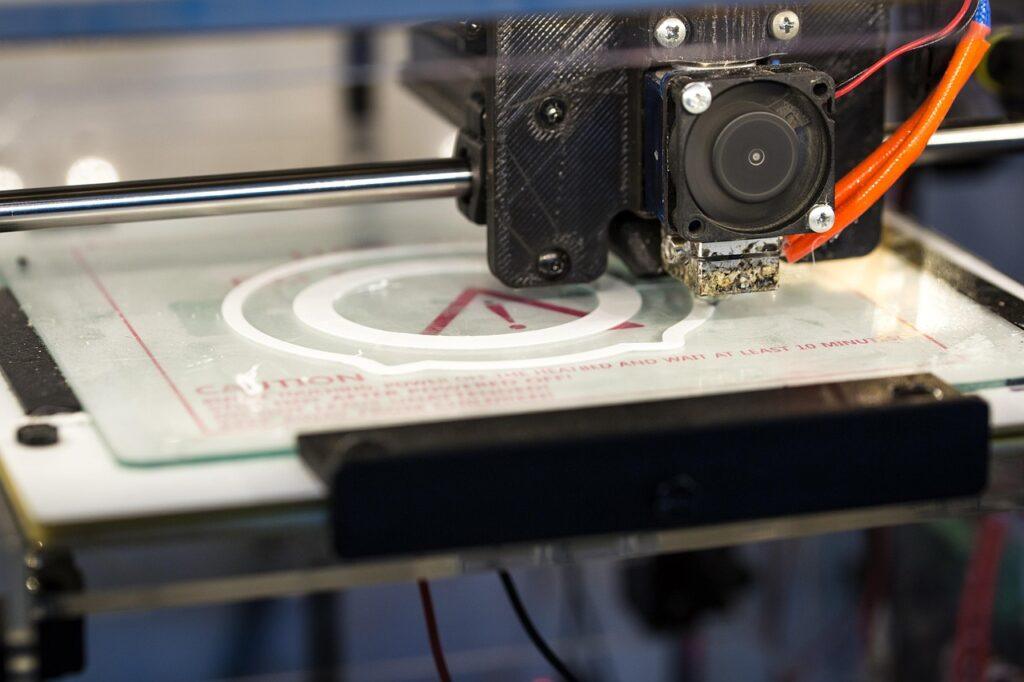
Internet of Things (IoT): Connected Mobility Solutions
The integration of Internet of Things (IoT) technology in mobility aids is transforming these devices into smart, connected systems that offer real-time monitoring, enhanced safety, and continuous support. IoT-enabled devices—such as smart wheelchairs, walkers, and prosthetics—can collect and transmit data on usage patterns, user behavior, location, and device performance. This connectivity allows healthcare providers to remotely monitor a user’s condition, detect early signs of health issues such as fatigue, pressure sores, or changes in mobility, and intervene proactively to prevent complications.
Smart mobility aids can also sync with mobile apps or cloud-based dashboards, enabling users and caregivers to receive alerts, track progress, and customize settings for improved usability. Software updates can be pushed over the air to enhance functionality, fix bugs, or introduce new features without the need for physical servicing. Some systems can integrate with smart home devices, allowing users to control their environment—such as opening doors or adjusting lights—directly from their mobility aid.
Additionally, IoT connectivity supports emergency response features, such as automatic fall detection or SOS alerts that notify caregivers or emergency services with real-time location data. As IoT ecosystems become more sophisticated, these smart mobility aids are evolving into comprehensive health and mobility management tools, offering users not only greater independence and safety but also a seamless link to their broader care networks.
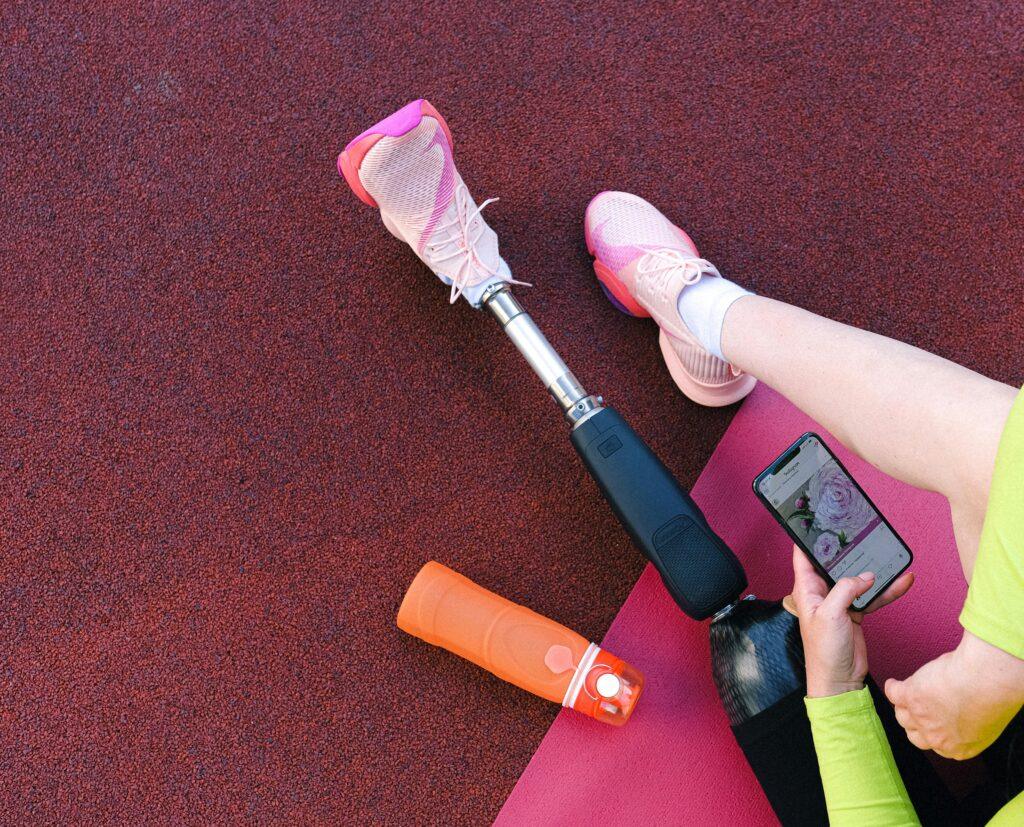
Advancements in Power Wheelchair
Recent innovations in power wheelchairs have significantly enhanced their performance, safety, and user experience. One of the most impactful advancements is the incorporation of high-capacity lithium-ion batteries, which provide longer ranges—often exceeding 20 miles on a single charge—along with faster and more efficient charging times. These modern batteries also contribute to reduced overall weight and improved energy efficiency, making the chairs more portable and environmentally friendly.
In addition to extended battery life, cutting-edge power wheelchairs now feature advanced obstacle detection systems using sensors such as LiDAR, ultrasonic, or infrared technologies. These systems help users navigate tight spaces, avoid hazards, and maneuver safely in both indoor and outdoor environments. Automatic braking functions add another layer of protection, preventing collisions and assisting users in stopping on slopes or uneven terrain.
Ergonomic seating systems are also becoming more sophisticated, offering customizable support to reduce pressure points, improve posture, and accommodate users with complex medical needs. Some models offer dynamic seating options such as tilt, recline, and elevation adjustments—all programmable and controllable via joystick, touchscreen, or even eye-tracking systems for users with limited hand mobility.
Furthermore, smart integration allows users to connect their power wheelchairs to mobile apps and voice assistants, enabling functions such as route planning, battery monitoring, remote diagnostics, and control of smart home devices. As these innovations continue to evolve, power wheelchairs are transitioning from basic mobility tools into intelligent, responsive systems that promote greater independence, comfort, and quality of life.
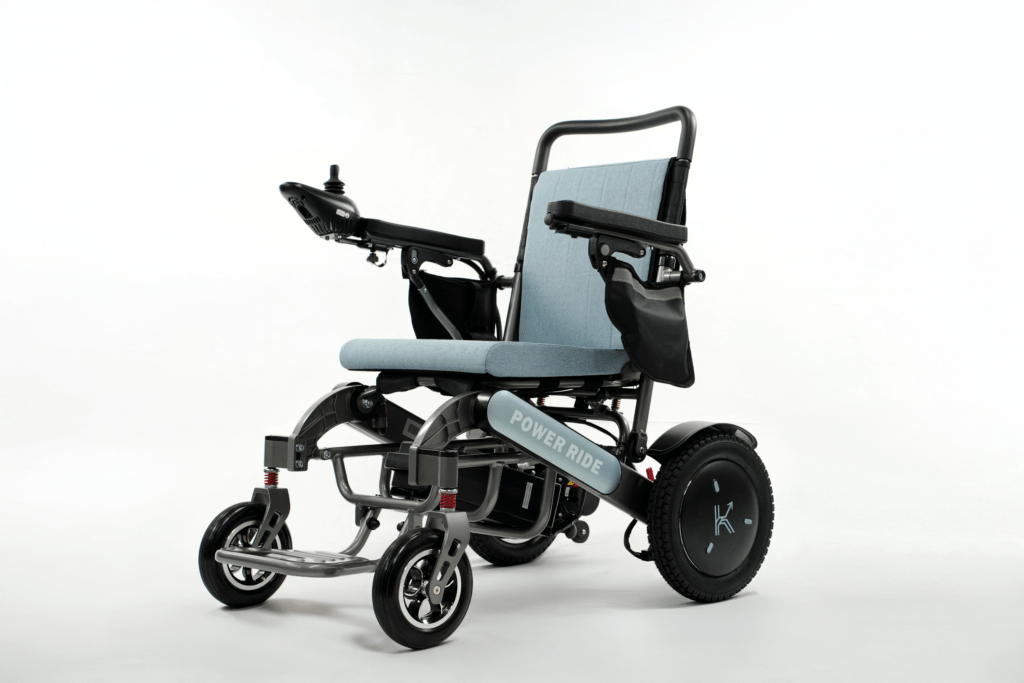
Future Outlook
As technology continues to evolve, mobility aids are becoming more intelligent, personalized, and seamlessly integrated into users’ daily routines. From AI-powered navigation to IoT-enabled health monitoring, these next-generation devices are no longer just tools for movement—they are holistic systems that adapt to the unique needs of each individual. With real-time data analytics, adaptive support, and customizable interfaces, mobility aids can anticipate user behavior, respond to environmental changes, and facilitate communication with caregivers and healthcare providers.
These advancements not only improve physical mobility but also empower users with greater autonomy, confidence, and social participation. For many individuals with disabilities, modern mobility aids open doors to education, employment, travel, and recreation that were previously difficult to access. They also reduce caregiver burden, enabling more independent lifestyles and promoting mental and emotional well-being.
As accessibility, affordability, and awareness continue to grow, the future of mobility technology promises even greater inclusivity, bridging the gap between medical necessity and human empowerment. With ongoing research and innovation, mobility aids are set to play a pivotal role in building a world that is not only more mobile, but also more equitable and connected for everyone.
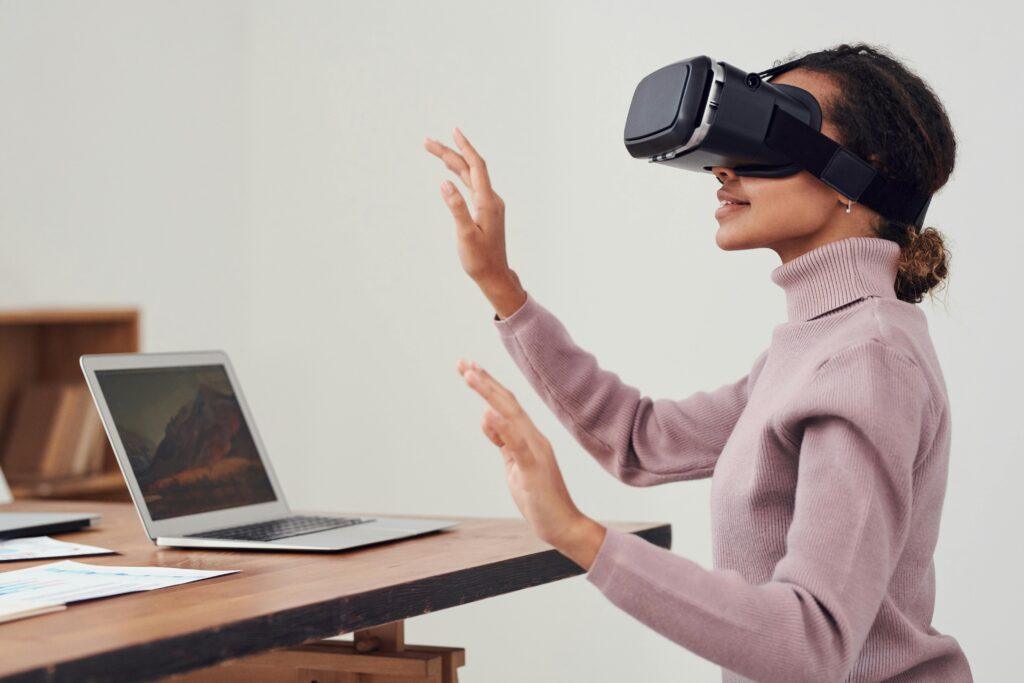
References
https://straitsresearch.com/article/key-advancements-in-smart-wheelchairs — Straits Research
https://www.lohmedical.com/en/blog/technological-innovations-wheelchairs — Loh Medical
https://www.mdpi.com/2673-4591/82/1/46 — MDPI (Proceedings Journal)
https://eksobionics.com/spinal-cord-injury — Ekso Bionics
https://jneuroengrehab.biomedcentral.com/articles/10.1186/s12984-023-01158-z — Journal of NeuroEngineering and Rehabilitation
https://wyss.harvard.edu/technology/soft-exosuits-for-lower-extremity-mobility — Wyss Institute, Harvard University
https://biodesign.seas.harvard.edu/soft-exosuits — Harvard Biodesign Lab
https://wewalk.io/en — WeWALK
https://www.ntop.com/resources/blog/3d-printing-in-prosthetics-a-design-guide — nTopology
https://www.hp.com/us-en/printers/3d-printers/industries/orthotics-prosthetics/prosfit.html — HP
https://www.sierrawireless.com/resources/customer-stories/smart-wheelchair-capabilities — Sierra Wireless
https://trackmastermobility.com/why-lithium-ion-batteries — Trackmaster Mobility


